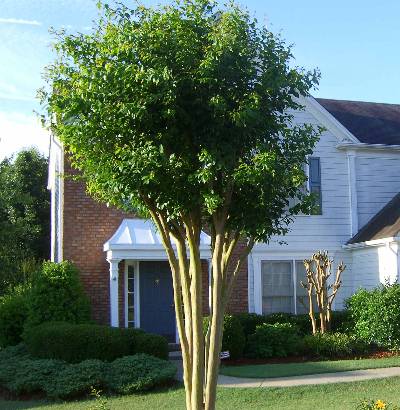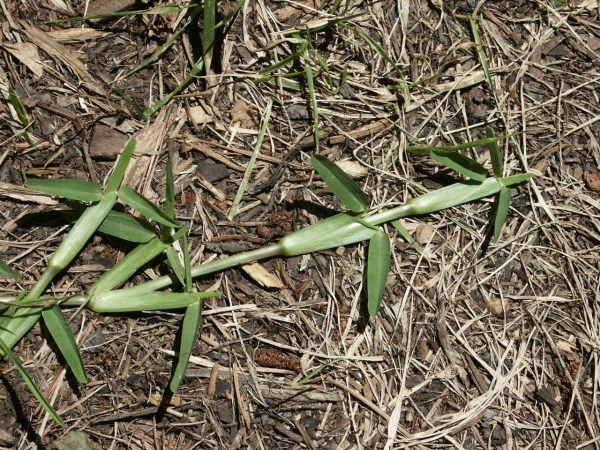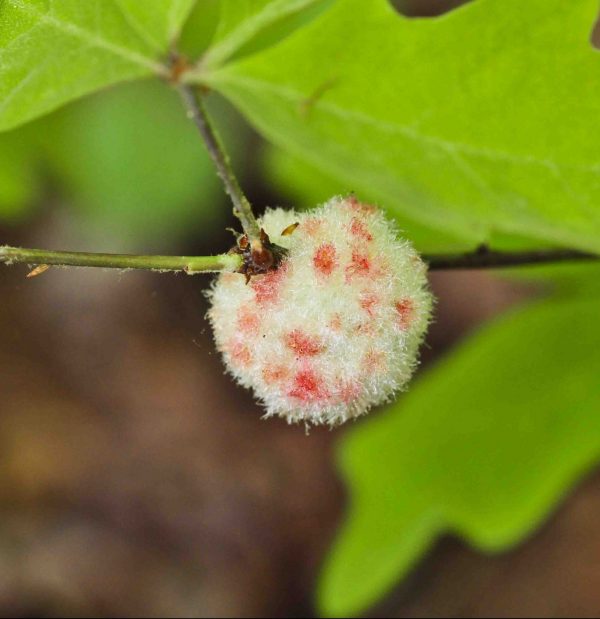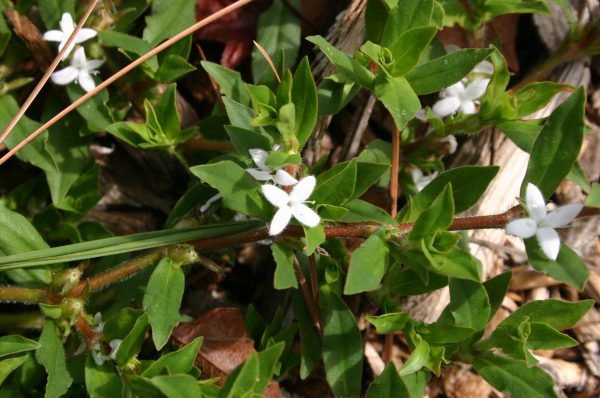History of Knock Out® Rose

William Radler Develops Hybrids That Are Knockouts
By STEWART DEMPSEY
From the July 9, 2006 edition of the Milwaukee Journal Sentinel
It is hard to imagine a garden without roses. Their captivating beauty and lore are entwined in the hearts and minds of gardeners everywhere.
So strong is the connection to this flower that gardeners would often spend more time and effort growing their roses than any other flower.
But today, in large part because of one local man’s lifetime work, we can enjoy the beauty of roses with little of the effort once required.
William Radler is responsible for many of the easy-to-grow new roses that are extremely disease-resistant, drought-tolerant and ever-blooming.
In 2000, the All America Rose Selections committee named Radler’s original red Knock Out® shrub rose as one of its winners and it quickly became the best-selling new rose on the market. Last year alone, some 3 ½ million Knock Out were sold, a total only this rose can claim.
Radler’s Pink and Blushing Pink (a paler version) Knock Out® roses followed to equal acclaim. And Radler’s Rainbow Knock Out® was just named an All America Rose Selections winner for 2007 and will be available next year.
Radler spent his earliest years living with his family at 7th and Burleigh streets in Milwaukee.
They were living in Whitefish Bay when he bought his first rose at a local A & P store with money he saved from his allowance when he was 9.
His parents warned him that the plant would not survive the winter.
Radler was confident it would, and the following year the plant thrived.
From this early fascination, he developed a lifelong passion to develop and improve upon the rose.
He went on to earn a degree in landscape architecture and served as the director of Boerner Botanic Gardens, all the while working on breeding roses as a hobby.
Hundreds of Roses
He now is a full-time rose breeder.
His 1 ½ acre lot in Greenfield with its hundreds of rose bushes is his laboratory.
In 1992, when he moved to his current home and garden, it was the yard and not the house that drew him to the property. He calls it the Rosarium.
His basement is a facility for developing new roses and an incubation area for seedlings waiting for evaluation and possible inclusion in the outdoor Rosarium.
These roses are tested and evaluated for disease resistance, repeat blooming, winter hardiness, resistance to insects and many other desired qualities.
“I keep on selecting the best and continue crossing and crossing,” he says. “There are five hundred or more rose seedlings in the basement at any given time.”
What does he look for in a rose seedling?
The three most important characteristics at this early stage are breaking, habit and flower.
Breaking is how, when and where the plant naturally sends out additional shoots from the main stem.
Habit is the overall growth pattern of the plant (dense and bushy, or tall and spindly, for example).
Flowers are rated on color, size, petal count and fragrance, among other things.
Initial evaluation is critical, but some characteristics will change once the plant is grown outdoors.
Developing a rose, even for someone with a horticultural background, is not an easy task.
It takes a rare individual with the skills to recognize what he is looking at, and someone with an enormous amount of patience.
At its introduction, Knock Out® set the standard for Black Spot resistance and repeat bloom.
This beauty has single, bright flowers all season that seemingly float above dark green, lustrous and disease-free foliage.
Knock Out is winter hardy, and is self-cleaning (no dead flower removal is necessary). Its path to market was long and painstaking for Radler.
“The very first crosses I made were in the 1970s,” he says. “Knock Out® first saw the light of day in 1989. Knock Out® was the only seed in a hip from a reluctant female.”
It can take years to get the right crosses, and there are so many factors including weather, temperature, viability of seeds and genetic unpredictability that can impede the quest for the perfect rose.
Making it disease-free
To ensure disease resistance, the roses in the Rosarium are inoculated with disease pathogens.
“I encourage disease on the property,” says Radler.
Infected leaves are dried and ground in a blender then spread on the healthy plants when the leaves are wet.
Overhead watering during the growing season guarantees the spread of disease. Resistant plants are easily observed and documented, then used in future crosses.
“In the fall of the year disease and insects are at their peak. Does a rose still look great? It has to look good. That’s what people are looking for,” he says.
The plants are further tested and analyzed by the companies responsible for propagation and commercial sales, such as Conard-Pyle Company/Star, the company testing and producing of many of Radler’s introductions.
This year’s introduction is Bright Eyes. It is an upright, pillar-type shrub rose that also can act as a medium sized climber, suitable for smaller gardens.
Its flowers are a delicious salmon-pink with a lighter central eye. In addition to superior hardiness and disease resistance, Bright Eyes is a repeat bloomer and has a lemon-spicy aroma.
Other recent introductions besides those in the Knock Out® series include Carefree Sunshine, and Ramblin’ Red. Some of the roses credited to Radler actually are mutations of his roses.
And what does Radler say of his success?
“I’m overwhelmed,” he says. “I can’t believe this has really happened to me. What started as a hobby for me has resulted in what has been called the most sought-after rose in the country. I’m beyond proud.
“But what’s truly wonderful is that something that has brought such joy to me has also helped gardeners who never thought they could grow roses.”
Radler’s Roses
A chronology of Radler rose introductions:
2000 – Knock Out® (red) is introduced
2001 – Carefree Sunshine (yellow shrub rose)
2002 – Ramblin’ Red climber rose
2004 – Blushing Knock Out® (pale pink), Pink Knock Out (truer pink)
2005 – Double Knock Out® Knock Out (red with more petals), Lemon Meringue (yellow climber)
2006 – Climbing Carefree Sunshine (a mutation that blooms prolifically), Bright Eyes (a climber that is pink with yellow at the petal base and a strong lemony scent)
2007 – Rainbow Knock Out® (pink with a yellow center that blooms and blooms)












